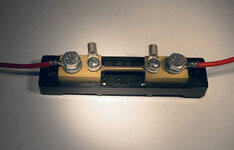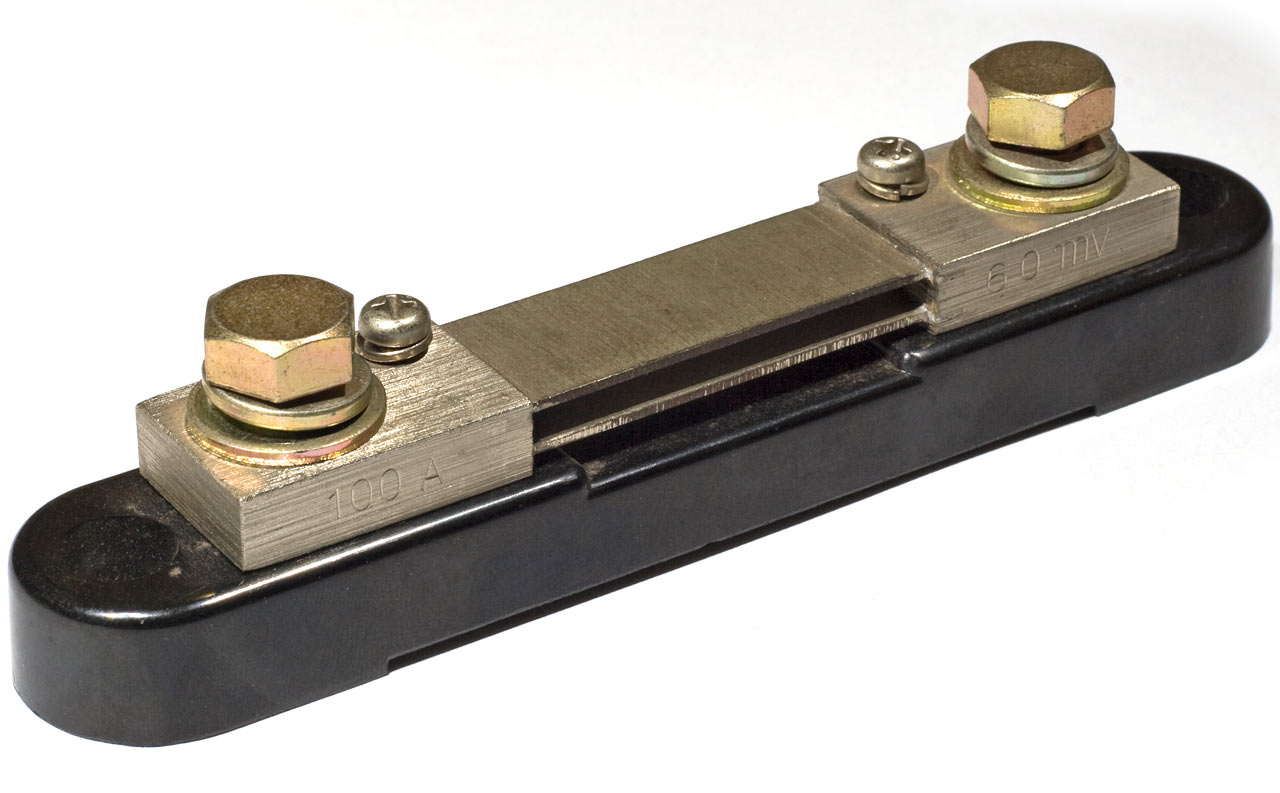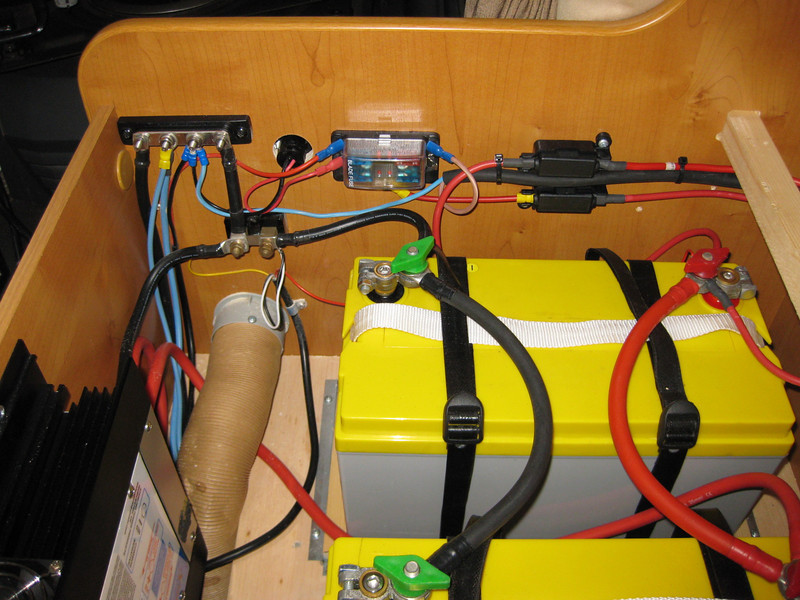icantremember
LIFE MEMBER
- Sep 2, 2010
- 8,331
- 17,545
- Funster No
- 13,512
- MH
- Hymer T-SL668
- Exp
- since 2005
I have a NASA BM1 compact fitted and two leisure batteries .... I have just realised that this has been fitted with the negative of one battery attached to one end of the shunt and the neg of the other battery along with all the feeds attached to the other end of the shunt.
As far as I know both the battery negs should be on one end of the shunt and all the feeds on the other end.
Please can someone confirm if I am correct or is it correctly wired.
As far as I know both the battery negs should be on one end of the shunt and all the feeds on the other end.
Please can someone confirm if I am correct or is it correctly wired.





